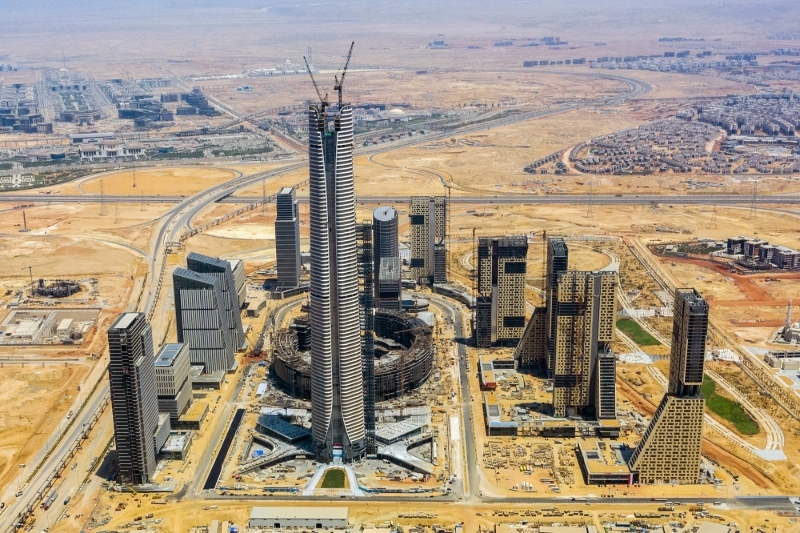At a Glance
- Egypt’s 393.8-meter Iconic Tower now houses the Central Bank and Egyptian Exchange, symbolizing the country’s transition to a modern financial and governance hub.
- The skyscraper’s obelisk-inspired design links ancient Egypt to contemporary ambition, with LEED-certified systems and earthquake-resistant engineering built by China’s CSCEC.
- Strategically placed in the New Administrative Capital, the tower drives public sector relocation, easing Cairo congestion and attracting foreign capital to Egypt’s central business district.
Soaring 393.8 meters above the desert horizon, the $3-billion Iconic Tower is Africa’s tallest skyscraper and a defining centerpiece of Egypt’s $45-billion New Administrative Capital—a bold urban megaproject aimed at reshaping the country’s governance and investment landscape.
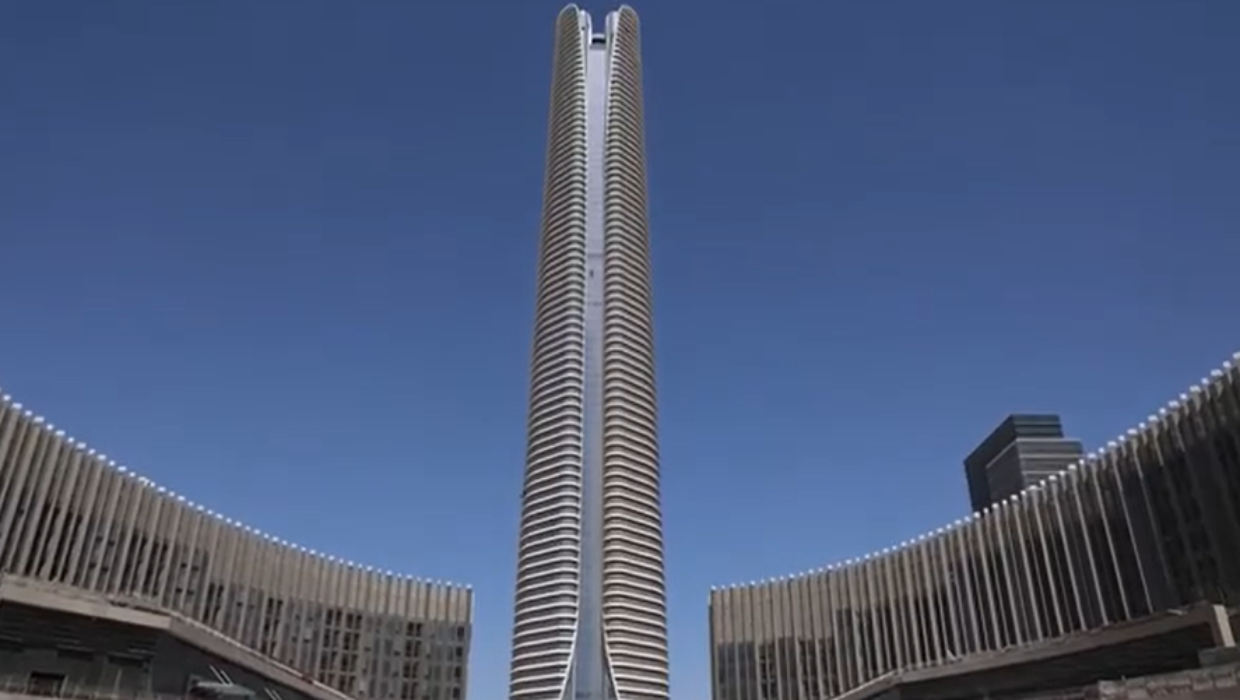
Structurally completed in 2021 and finalized in 2024, the 77-story Iconic Tower serves as the centerpiece of Egypt’s Central Business District (CBD), situated approximately 45 kilometers east of Cairo.
The CBD itself is a flagship project under the China-Egypt Belt and Road Initiative collaboration—a landmark development featuring 20 commercial and residential skyscrapers.
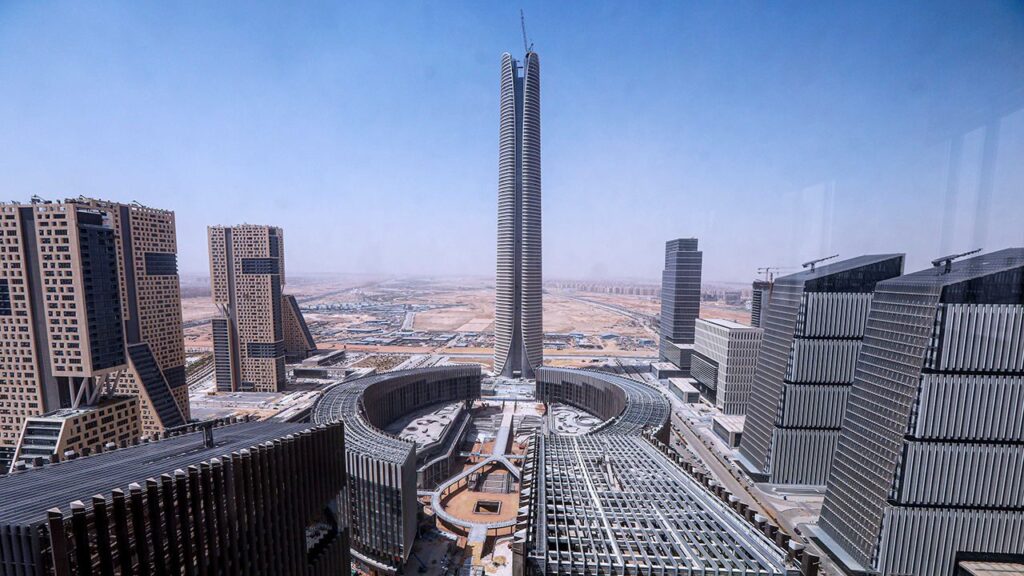
On June 2, 2025, the district marked a major milestone with the signing of a comprehensive operation and maintenance agreement, formalizing its joint venture structure between Egypt’s New Urban Communities Authority and a Chinese-Egyptian consortium.
Now home to the Central Bank of Egypt, the Egyptian Exchange, and prominent corporate offices, the tower consolidates the country’s financial power in a singular, state-of-the-art vertical campus.

Engineering excellence and national ambition
Construction began in 2018 under a landmark partnership between Egyptian authorities and the China State Construction Engineering Corporation (CSCEC)—one of Africa’s largest bilateral infrastructure collaborations.
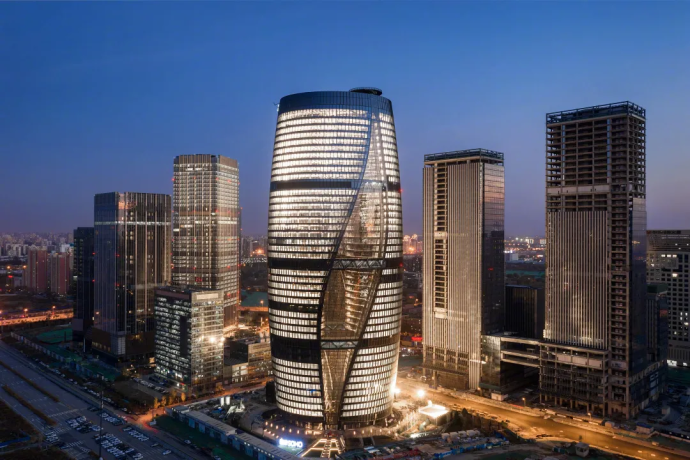
Despite global pandemic disruptions, the project was delivered within schedule and budget, a feat widely praised as a triumph of engineering discipline and strategic planning.
With a gross floor area exceeding 240,000 square meters, the Iconic Tower is more than just the continent’s tallest structure; it is a towering expression of Egypt’s economic resurgence, technological capability, and global outlook.
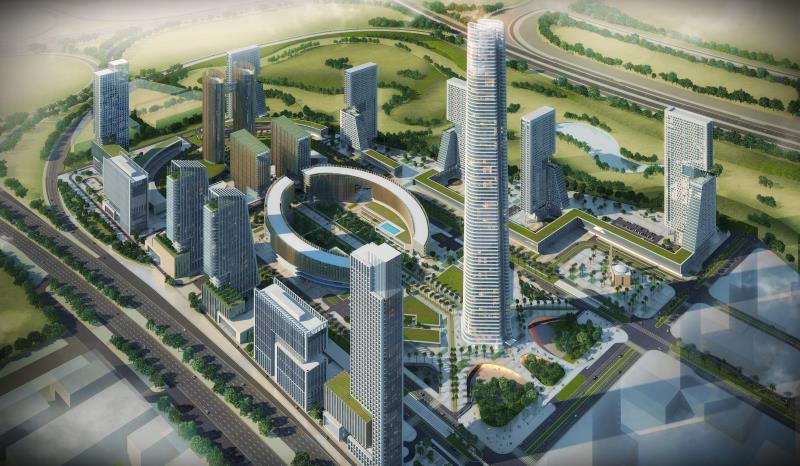
A beacon of finance, architecture, and governance
Commissioned by the Ministry of Housing and Urban Utilities, the tower was designed by Dar Al-Handasah to reflect Egypt’s architectural heritage and future-facing aspirations. Its sleek, tapering silhouette draws inspiration from the obelisks of Luxor, fusing ancient symbolism with modern minimalism.
The tower features LEED-certified sustainability systems, including smart glass façades that reduce solar gain, earthquake-resistant foundations, and high-efficiency energy management.
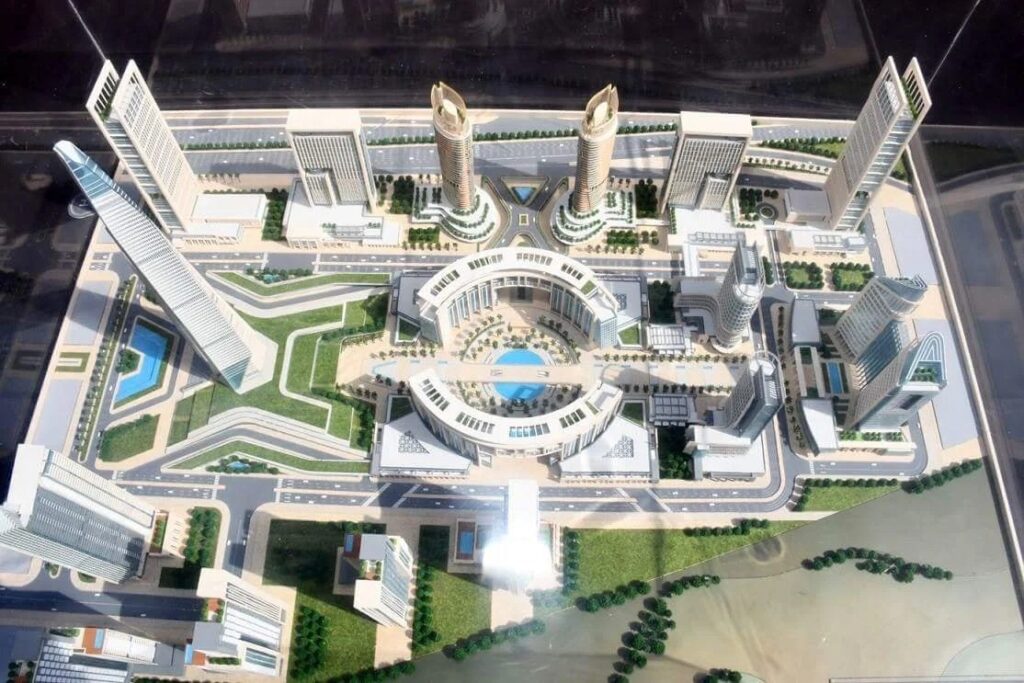
Inside, it houses secure banking floors, the national stock exchange, luxury offices, conference halls, and a sky observatory offering sweeping views of the evolving capital.
Symbol of a new urban and economic order
At the heart of Egypt’s emerging administrative capital, the Iconic Tower is both a functional financial hub and a symbolic marker of national transformation.
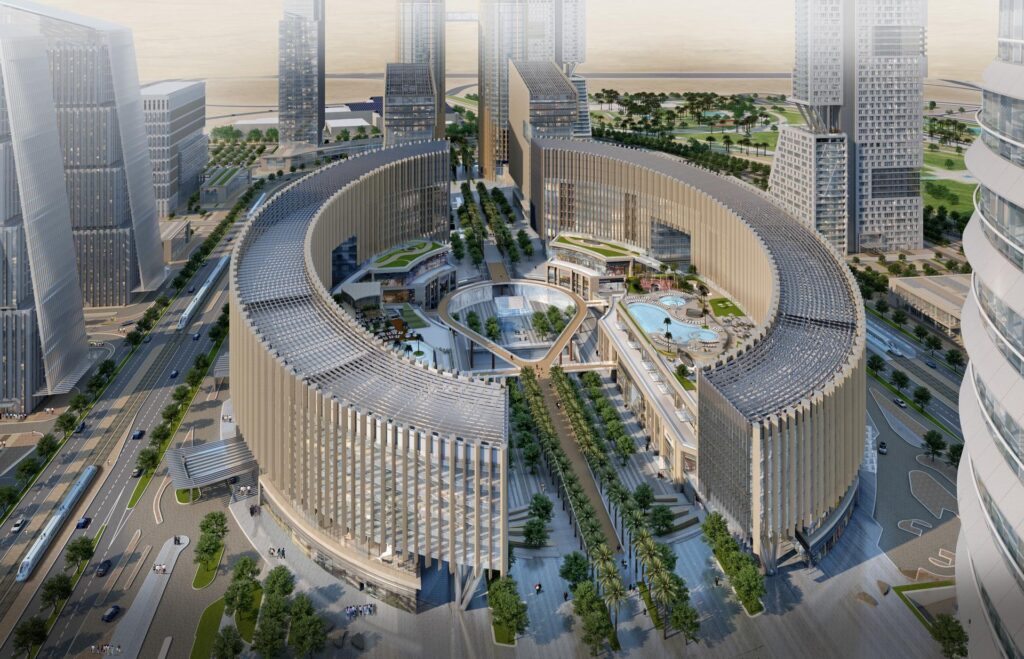
It represents a broader effort to decentralize governance from Cairo, relieve urban congestion, and position Egypt as a magnet for foreign investment and regional influence.
Surrounded by landscaped promenades, civic plazas, and integrated transport systems, the tower fosters a dynamic mixed-use ecosystem. Planned future segments will integrate premium residences and a seven-star hotel, transforming the building into a vertical city where finance, diplomacy, and modern living converge.
As a skyline-defining landmark visible for miles, the Iconic Tower signals Egypt’s determination to lead not only in height, but in financial innovation, architectural excellence, and strategic nation-building.
